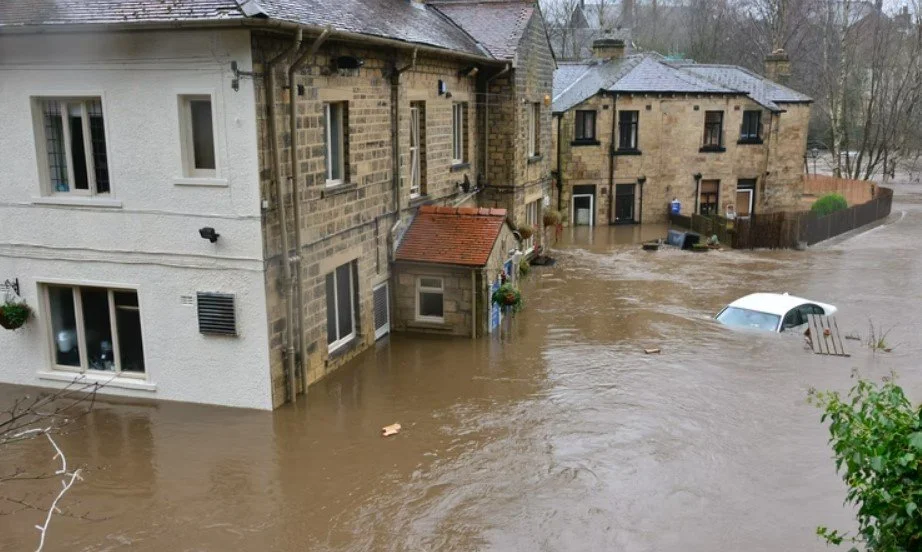How to Clean Up Various Damage in Your Home
Whether your home was flooded by a hurricane or a broken pipe, or there was a fire or collapsed foundation, taking care of your home is always a priority. There are some things within your home that have a sentimental value and need saving, others can be replaced without worry. Nonetheless, making cleanup a priority is a key to salvaging everything you can after disaster strikes. Homes suffer various degrees of destruction every year, you are not alone. Here are ways to clean up various damages in your home.
Remove Debris
Whether it be from wind or a tornado, dirt and grit gets into your home and invade every crack and crevice. This causes worn floors, dusty walls, and can even prematurely wear out electronics. If your home hasn’t withstood any large disaster, take the time to clean up frequently and dust often. If you are dealing with heavier storms, investigate the damage the best you can wear protective gear and take notes of what is or isn’t salvageable.
Find the Mold
Mold is a homeowners' worst nightmares as it can start to grow within 48 hours. Focus on areas where water can get trapped. Whether it be a corner on the floor or ceiling, make sure everything is clean. In the case of flooding, use fans on the wet floor to help dry more quickly, and do your best to even wipe up water with rags or towels to help speed up the process.
Discard Food Items
A pantry is a favorite place for most people, and it’s a favorite place for water and mold too. Check your perishables that are not well sealed, and discard everything that is no longer edible. Unperishable that are on the floor and are protected inside containers need cleaning using one-part water and one-part chlorine. And use a fan if needed.
Remove Drywall
At times damage to the drywall other porous materials can be extensive. Remove what you are comfortable with and confirm damage to it and any porous material inside the home like baseboards or molding. Inspect behind these materials to ensure there isn’t any other damage lurking. Although it may not have had extensive damage, it will be cost-effective in the long run to replace now while everything else is being worked on. In many cases, it is much more efficient to call in a professional like 1-800-BUSY-DOG to ensure everything is up to code and done in a timely manner.
Inspect Roof
The roof of the home usually takes the brunt of it when natural disasters strike the home. If the roof's sealing was not adequate, check for excess moisture in the attic and around the shingles, focusing energies on potential weak spots such as joints. Repair the locations if the damage is minimal and you are comfortable doing so. However, it may be wise to have everything checked by a professional who deals with these types of things every day.
Clear structural damage on the outside of the house, such as a tree on the roof with a structural engineer or building inspector. Shut off all electricity into the home entering the house. If you are unsure where to start, call a local professional to get the needed guidance.


